If you’re contemplating whether to extend your Camino journey from Santiago to Finisterre, here’s a detailed look at what this additional trek entails. Known as the ‘end of the world’ to the Romans, Finisterre offers a deeply symbolic conclusion to the pilgrimage. This segment of your journey not only challenges your endurance but also enriches your spiritual and emotional experiences. Let’s explore what makes this extension beyond Santiago de Compostela a compelling choice for many.
After Santiago, another 90 km on to Finisterre: to do or not to do?
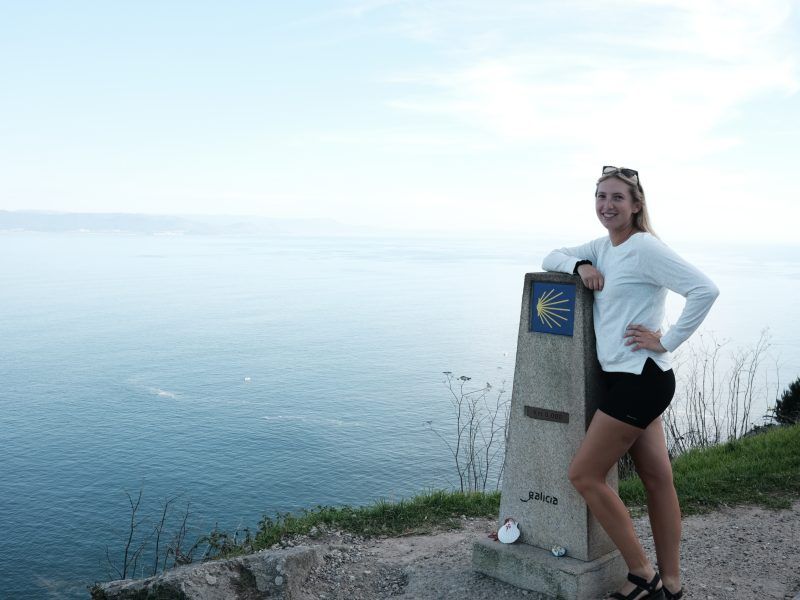
With blisters, sweat and tears, you arrived at the square in front of Santiago de Compostela cathedral. You have literally jumped for joy, handed out hugs to fellow pilgrims and perhaps uncorked a bottle of wine to toast the success. Relieved, you lie on your bed with your feet up and promise your body that it can finally rest.
But then you wake up the next day and hear fellow pilgrims talking about the option of continuing the camino with some 90 kilometres left to Finisterre. According to the Romans, also called the end of the world, where the world ends.
Finisterre, a mythical place
Finisterre also called Fisterra is a mythical place and for many pilgrims a final destination of their camino. Finisterre is therefore located at the westernmost point of Europe. At the Cape of Fisterra, where the Fisterra lighthouse also stands, you can find the 0 km pole of the camino. Not only that, from this point you have a beautiful view over the endless sea.
A well-known ritual of pilgrims, which is not allowed these days, is to burn their clothes at the top of the promontory. After walking the camino to Santiago de Compostela and thus being absolved of all sins, this ritual represents rebirth.
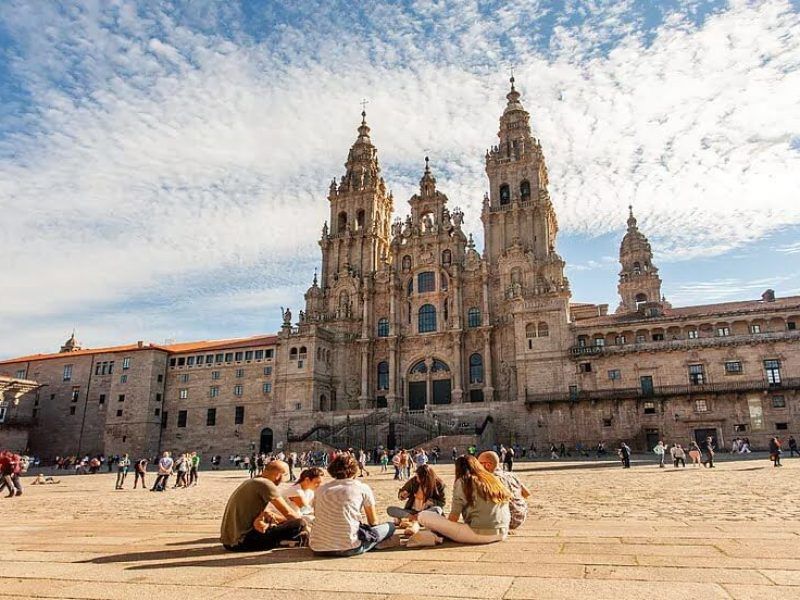
Stage Santiago – Finisterre
The stage from Santiago de Compostela to Finisterre can be walked in an average of three or four days. The route crosses the hills of Galicia, the cliffs of the Costa del Morte to Cape Fisterra, the end of the world. A route with breathtaking views over the Atlantic Ocean. Along the way, you pass several Galician villages and beautiful nature.
On the first day, you cross Ponte Maceira, with its Romanesque bridge, a wonderful place to cool your feet in the little river that flows under the bridge.
After the fourth day, depending on how long you take, the sea comes into view. Surely that is the ultimate moment of happiness you experience then. The Santiago – Finisterre stage is different in terms of scenery from, say, the stages of the Camino Frances and can therefore definitely be an addition to your trip. Although of course this stage does not have to be an addition, but can also be a nice option if you like to walk a short camino.
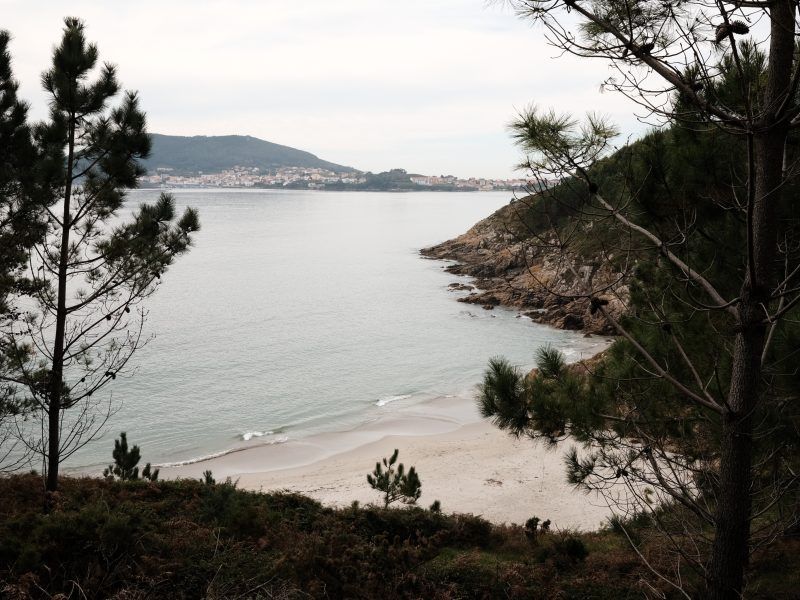
Listen to your body
But of course, all this is only possible if you still have enough energy to continue walking after reaching Santiago de Compostela. The most important advice we can give you is to always listen carefully to your body. After all, your body may well literally and figuratively collapse after it is finally allowed to rest.
Many pilgrims therefore become ill or develop ailments after reaching Santiago de Compostela. Logical of course… you don’t walk a good number of km for so many days in a row every day of the year.
“After reaching Santiago after 31 days of walking without blisters or serious injuries, I suffered from a jumping shin on the last 90 km to Finisterre. It was worth it, but my body was slowly finishing it.”
If you still want to go to Fisterra only without hiking, you can also easily take the bus from Santiago. Buses run from Santiago to Fisterra several times a day every day. It’s best to ask at the pilgrim’s office for the current departure and return times. Or you can contact us and we will arrange it for you.
Maybe you have walked the Camino de Santiago before and want to go back again to walk this last stage to Finisterre. At WAW.travel, we offer a 6-day walking holiday, and help you organise this wonderful camino from start to finish.
What to do in Finisterre?
Of course, as mentioned earlier, you have to watch the beautiful sunset at Cape Fisterra. The walk from the village of Fisterra is very beautiful and runs up the cliffs where you can make several stops along the way. Take a bottle of wine and some snacks with you and you can spend several hours enjoying the beautiful views over the Atlantic Ocean. The village itself has the same convivial atmosphere as the other Gallic villages you passed along the way.
And of course now that you have reached the sea, you can eat delicious fish in Finisterre. Also, the village is surrounded by some beautiful beaches where you can rest by the sea in good weather and take a dip in the fresh Atlantic Ocean.
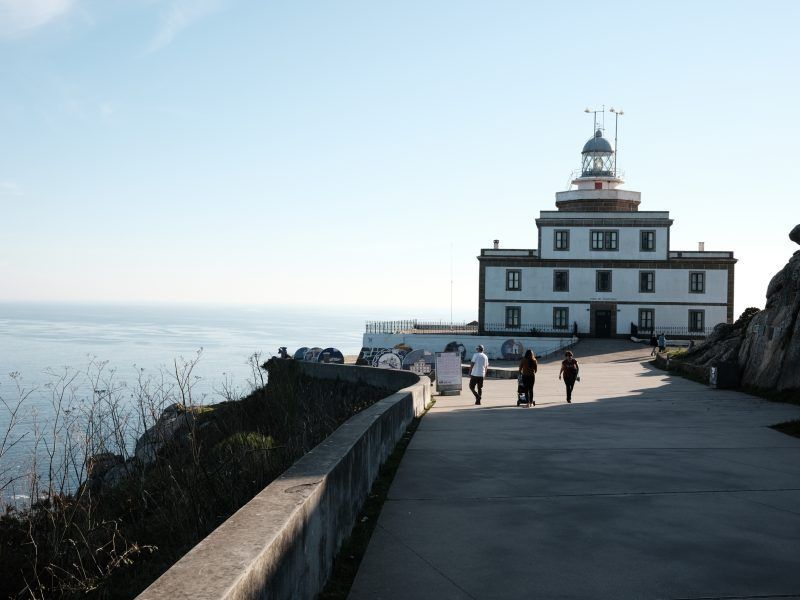
Stages Finisterre – Muxia
If you have the last bit of energy left or at the beginning of your camino, choose Finisterre as your final destination then we can definitely recommend this stage. Besides Camino de Santiago, it is a beautiful final destination of the camino. If you haven’t finished walking and want to extend your camino by one day, you can also choose to walk on to Muxia.
This route is not much walked, so you may encounter few or no pilgrims throughout the day. Perhaps this could be the perfect conclusion to your camino. This last stage from Finisterre to Muxia is another 28 km or so. You can also split it over 2 stages and stop in Lires.
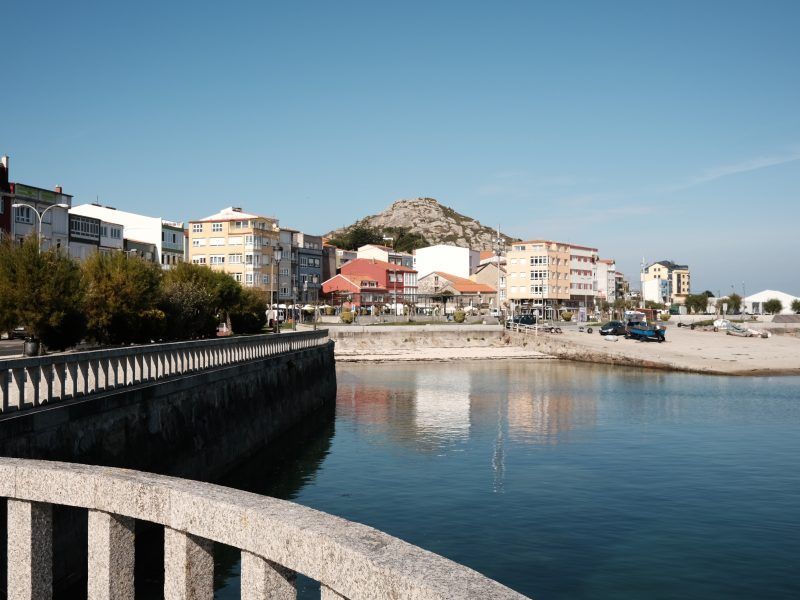
Reflecting on the Journey to Finisterre
Completing the Camino to Santiago de Compostela is an achievement in itself, but extending your walk to Finisterre can add an extraordinary depth to your pilgrimage. This rugged coastal walk not only tests your limits but also offers a chance for introspection and closure, as you traverse the serene landscapes leading to the Atlantic Ocean.
To Walk or Not to Walk
Deciding whether to continue to Finisterre after reaching Santiago is a personal choice that should be guided by both your physical readiness and your spiritual or personal motivations. If your heart and feet are willing, the path to Finisterre can be a beautiful epilogue to your Camino journey, offering peaceful solitude and breathtaking natural beauty. Whether you choose to walk this path or admire the horizon from the lighthouse, Finisterre is a fitting finale to any pilgrim’s journey.
If you have decided to walk from Santiago to Finisterre or Muxia, don’t forget to pick up a Finisterrana or a Muxiana at the local pilgrims’ office. In fact, Finisterre and Muxia have their own pilgrims’ certificates. And I can tell you, these beautiful certificates are well worth walking the extra number of km.
Walking in a relaxt way from Santiago de Compostela to Finisterre? With WAW.travel, you can walk this beautiful stage in 4 stages and 6 days. The first and last day are not counted as walking days. Want to hike on to Muxia? That’s no problem either.


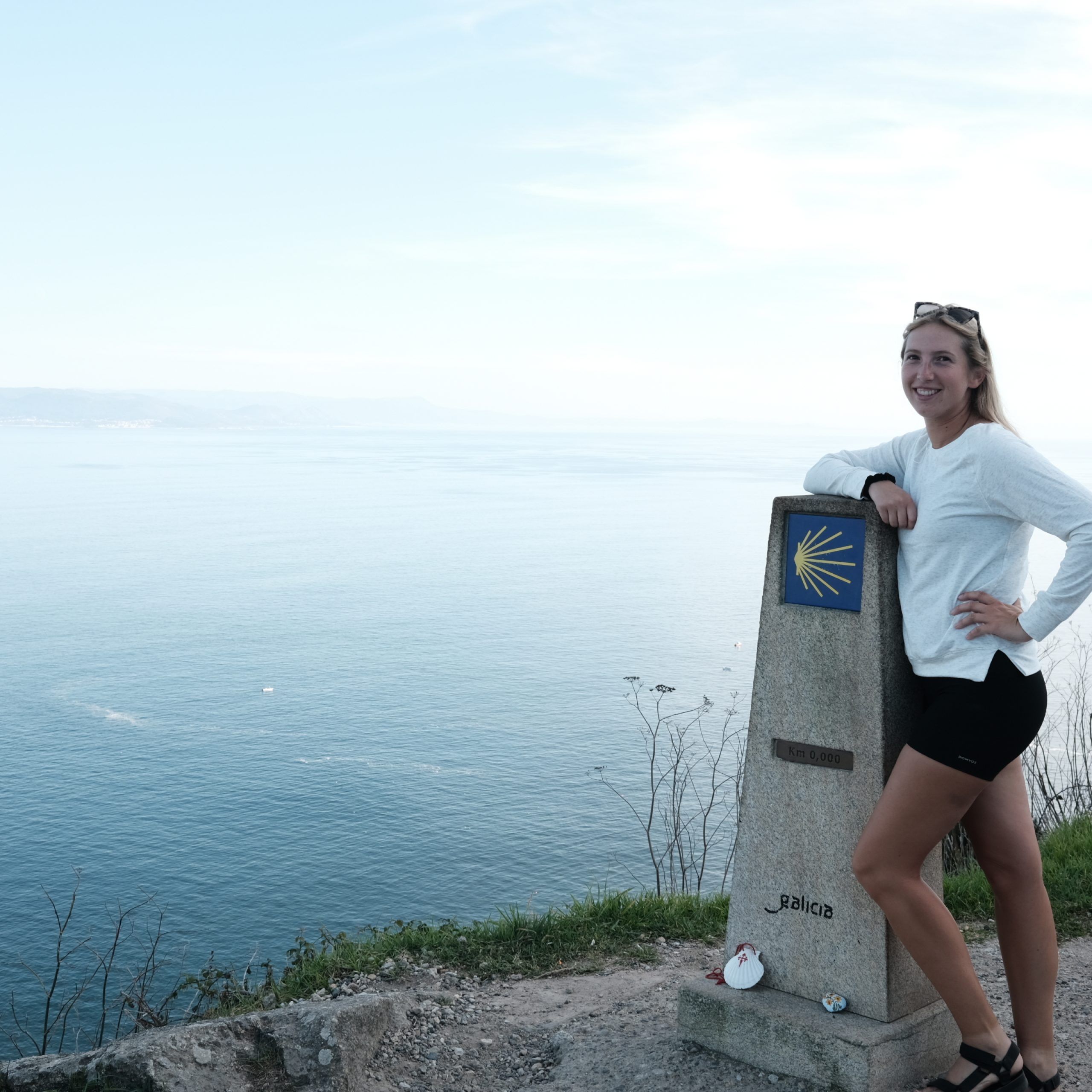
Comment (0)